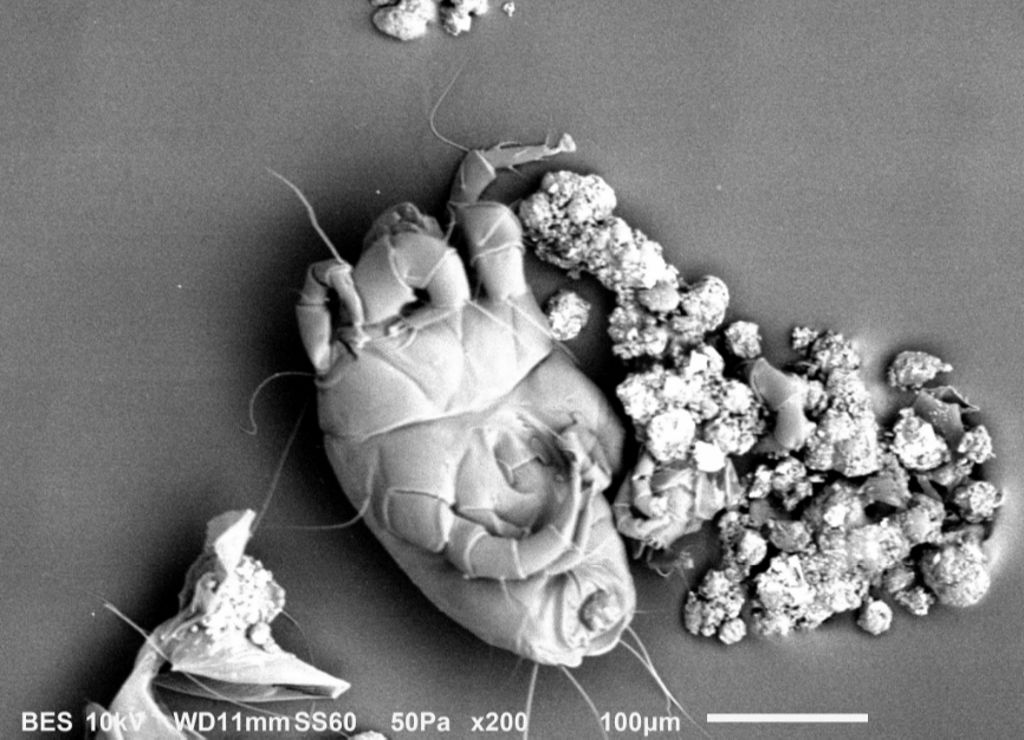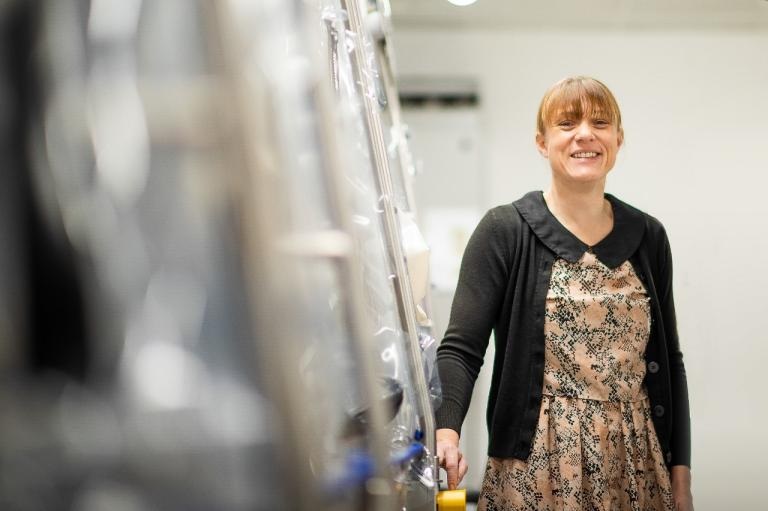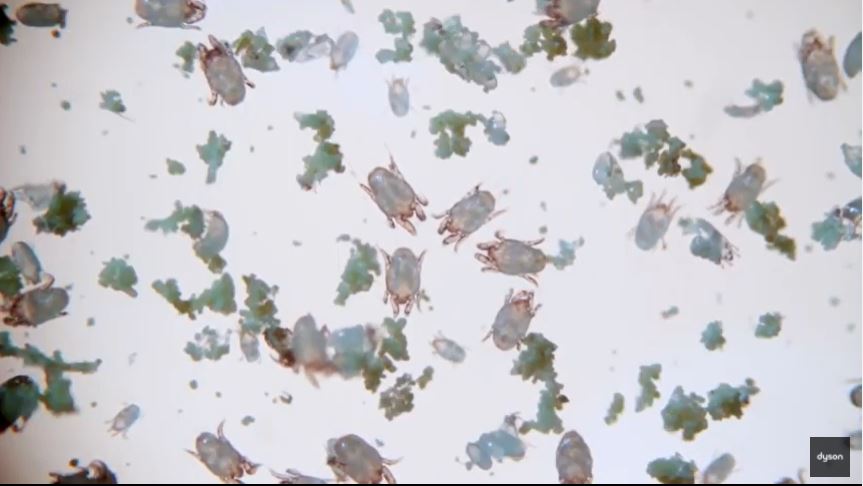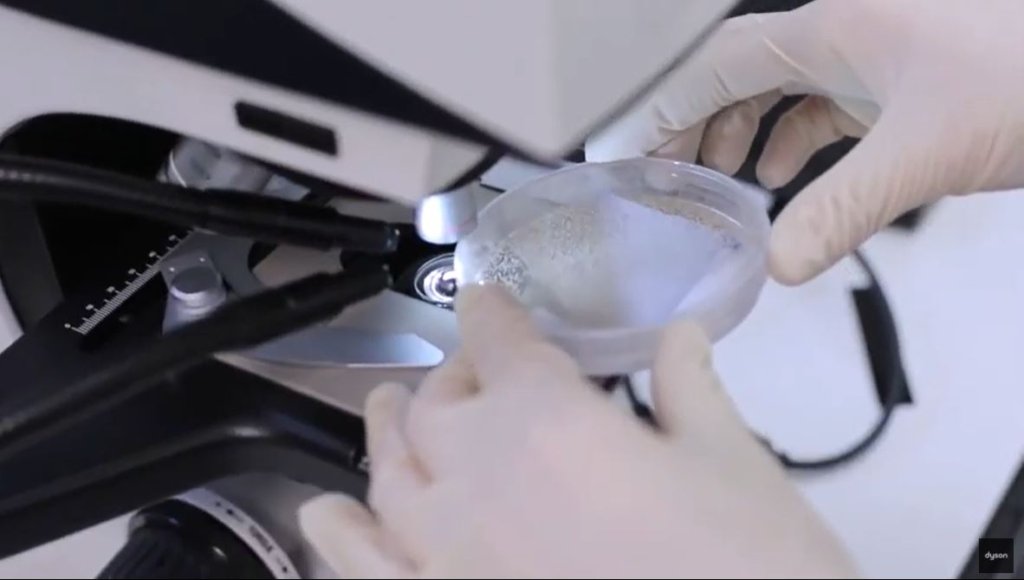
You’re likely sleeping in a bed full of dust mite faeces – Dyson explains why and 4 tips to tackle the problem
I don’t know about you but there’s nothing better after the end of a long day’s slog than to kick off my boots, grab a hot shower along with a cold brew and then get some rack time in my bunk or catching some Netflix on the telly but according to Lead Research Scientist in Microbiology at Dyson – Gem McLuckie, i’m sharing my couch and my bed with millions of critters that crap out faeces that can exacerbate my already horrific allergies. We speak of the bane of sinuses and asthma sufferers for millennia – the dust mite.
In a special live stream from Dyson’s Malmesbury headquarters in the UK, Gem McLuckie Lead Research Scientist in Microbiology at Dyson shares more about how dust mites cause allergies and how to deal with them; timely advice seeing as we’re spending even more of our time than ever before at home in the wake of the ongoing pandemic that’s happening across the world.

Gem McLuckie Lead Research Scientist in Microbiology at Dyson
Dust mites explained by Dyson and why they (and your sofa and bed) are literally full of crap
Table of Contents
According to the World Health Organisation (WHO), people regardless of nationality are spending up to 90% of our time indoors and with the increasing possibility of self isolation programmes or lockdowns, this number is only set to increase.
While the introverts among us may rejoice, there’s something else staying in the places that we live in that is also jubilant at the prospect of you staying in longer – dust mites.
For the uninitiated, dust mites are tiny arachnids – they’re actually related to spiders – that are found all over the world. While multiple species exist, the ease of air travel pre-Covid has helped to spread them all over the world and by and large, they thrive in humid and warm places with 70% humidity levels and temperatures about 25 degrees Celsius.

A close-up view of dust mites under a microscope
In the places where we live, that usually means soft upholstery like our sofas and our bed. According to McLuckie, your average mattress can be home sweet home for millions of dust mites.
How do dust mites cause allergies?
Dust mites don’t bite and they’re too small to cause any harm to people but it’s not what they eat but what they crap out that gives us problems. Dust mites feast on the dead skin cells that we shed on a daily basis. Not only do they eat dead skin, dust mites also feast on other random bits of debris around the house like fungi, food crumbs and fish food.
On average, humans shed 2g of skin per day and more at night when we sleep when we rub our skin around on the bedsheets and blankets which sheds additional skin cells. For a dust mite, our beds and homes are literal happy hunting grounds.
“Dust mites are not dangerous,” assures McLuckie. “The harmful allergen they create comes from the proteins present in their faecal pellets and body fragments. And that can have a considerable wellbeing impact for those living in homes where dust mite colonies are present.”
Over the course of their 65 – 100 day lifespan feasting on dead skin, dust mites will produce close to 2,000 tiny little pellets of faces all over the place. It’s these super tiny micro faeces pellets that are little bigger than the tenth of a width of a human hair that we inadvertently inhale that cause a host of allergies.
According to McLuckie, things get worse during the dust mite season when female dust mites lay between 60-100 eggs. “Wherever you spend the most time and shed the most skin, that’s where you’re most likely to find dust mites,” says Gem McLuckie, “and we spend 1/3 of our lives in our beds. In fact, most of us are probably sleeping in a bed full of dust mite faeces.”
“It’s also common to find more mites in the beds and bedding of people who suffer from dry skin, as their discarded skin cells have reduced lipid content, which are dust mites’ favourite meal,” adds Gem.
The symptoms are classic when encountering dust mite faeces and other dusty debris, typically when moving dusty stuff or cleaning up around the house. On the mild side, sufferers encounter – runny noses, watery eyes and an itchy throat.
On the extreme end, a severe case of dust mite allergy can result in coughing, congestion or even an asthma attack. Studies have also suggested that high exposure to dust mites early in life increases the risk of developing a mite allergy and asthma too. Something for parents with children to keep in mind.
Done and dusted – 4 tips to deal with dust mites
While it sounds like nothing can be done against an invisible enemy that numbers in the millions, is pervasive and has been with us since time immemorial, there are ways to tackle dust mites effectively.
Dyson is in an ideal position to do so seeing as they’ve made a study of dust mites in exacting detail with a dedicated lab at their Malmesbury campus focused on researching and even breeding them in order to discover ways to effectively deal with them.

The Dyson labs at Malmesbury have a dedicated lab that breeds dust mites so that Dyson engineers have the means to fully test the efficiency and power of their cordless vacuums under real scenarios.
“At Dyson, we farm our own dust mites so that we can collect their faeces. This means we can learn more about dust mite allergen and understand how our vacuums can best remove it from your home,” explains McLuckie. “It also means we know a thing or two about the conditions in which they thrive!”
She shares 4 proven ways to deal with dust mites:
- Starve your dust mites – reducing the amount of skin cell debris in your home minimises the primary food source of dust mites, inhibitng them from reproducing exponentially during dust mite season. Vacuum your mattress on both sides with a machine with an advanced filtration system, as well as your sofa and other upholstery.
- Manage humidity levels – dust mites hydrate themselves by absorbing water from the air, so keeping relative humidity levels below 45 per cent at room temperature11 will kill most of them off. Air out bedding and blankets frequently, as well as ventilating your home by opening the window or using a HEPA-filtered air purifier. Don’t forget to use the extractor fan after showering or while cooking too, as even raising the humidity levels for an hour and a half a day can enable house dust mites to survive.
- Control the temperature – dust mites thrive at temperatures of 25 degrees Celsius, so ensure you vacuum warmer areas in your home frequently to control levels of dust mites, like pet baskets, sofas or mattresses. Washing bedding or other soft furnishing at 60-90 degrees Celsius will break up allergens too.
- Top tips – don’t forget that dust mites and their faeces are microscopic. If you can see dust in your home, dust mites may already be thriving!
According to Dyson, you’ll need a vacuum cleaner that’s naturally up to the task with enough suction power to ensure it vacuums tiny particles like tiny skin flakes and has HEPA-filters capable of capturing all that minute particles for disposal which is where their range of cordless vacuum cleaners come into the picture.
Their latest range of hardware such as their new Digital Slim, as well as their powerful V11 and V10 only have the suction power to tackle these tasks but do it in an effective fashion too.

The Dyson DIgital Slim
The powerful Hyperdimium motor in the Digital Slim and V11 is able to remove 99.97% of particles that are as small as 0.3 microns while multi-stage filtration and a HEPA-grade filter capable of capturing extremely tiny particles that include pollen and – yes – tiny flakes of dead skin.
By denying them their food supplies with regular vacuuming, you help to reduce potential symptoms of allergies. For more details, check out Dyson’s page at www.dyson.my.
